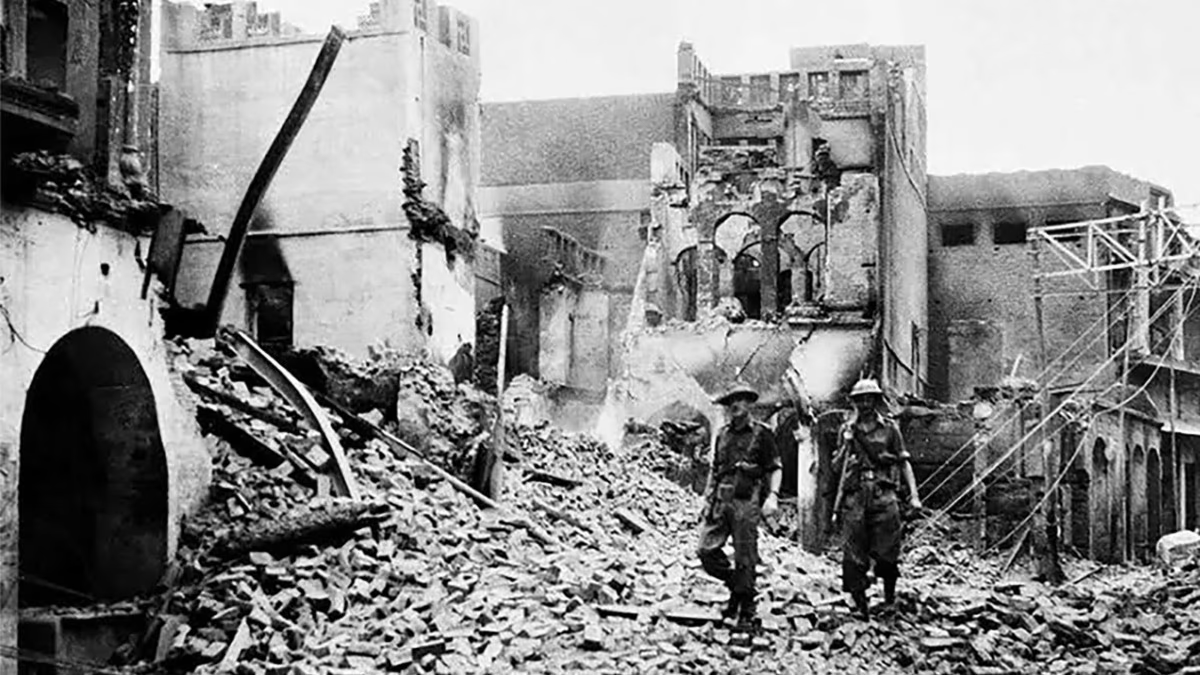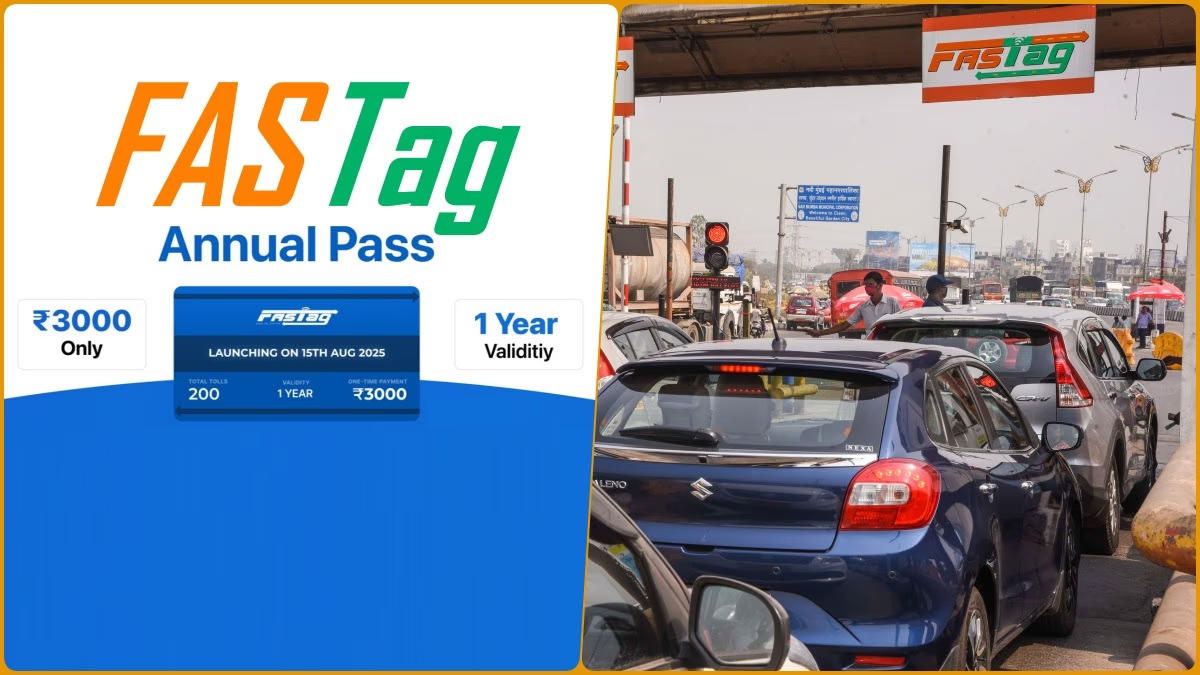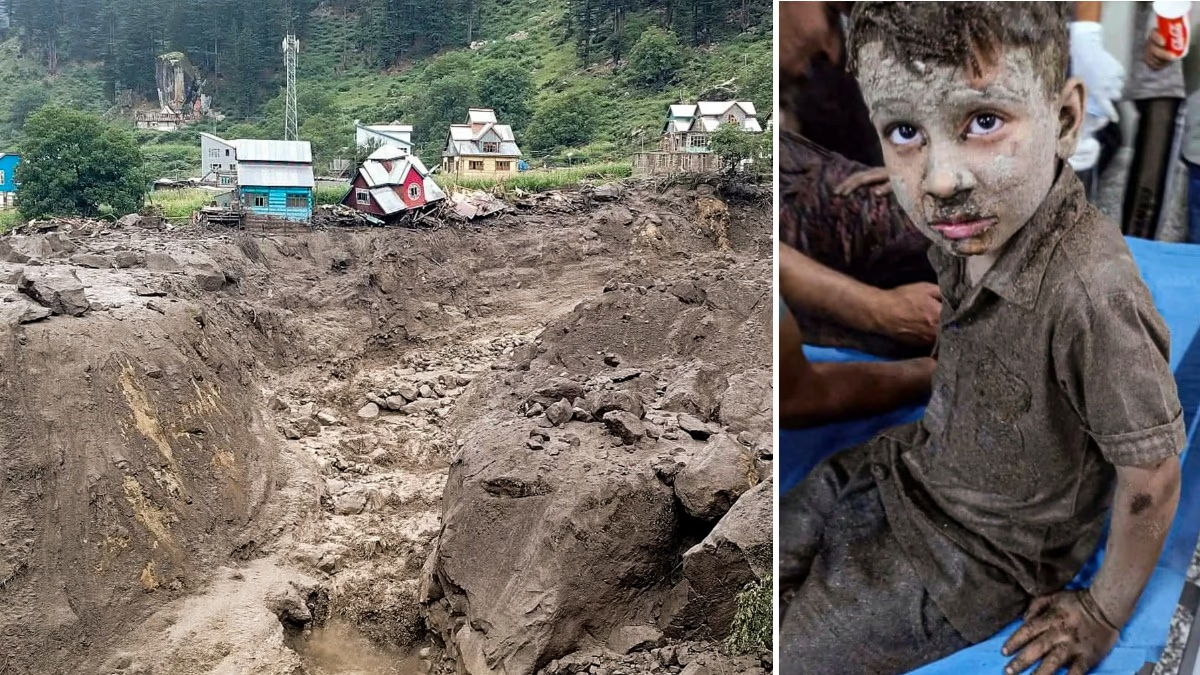The nation celebrates independence today. Yet, the pain of the Partition from 78 years ago still haunts those on both sides of the border. This division shattered countless families from India to Pakistan, many bore violence, others succumbed to its flames. The remaining sought new identities in alien lands, their dreams shattered, their beloved ones lost, though the agony of Partition remains poignant. Let's uncover the experiences faced by individuals and explore the commotions on either side of the border during this momentous time.
'The speed of time is distinctly peculiar, moving neither steadily nor predictably like the hands of a clock. Sometimes it slows, at others, it accelerates furiously, affecting nations with impacts akin to centuries within a year. And sometimes, in moments of happiness, millennia pass without notice...'
These are the sentiments of the esteemed writer Acharya Chatursen, who wept for the fractured destinies of India and Pakistan. This division wasn't merely about forming two nations; it was akin to fracturing Mother India’s intricate fabric, because drawing lines, erecting walls, and creating new borders precede the emotional turmoil of severed ties and acceptance boundaries that, inevitably, leave unhealable scars.
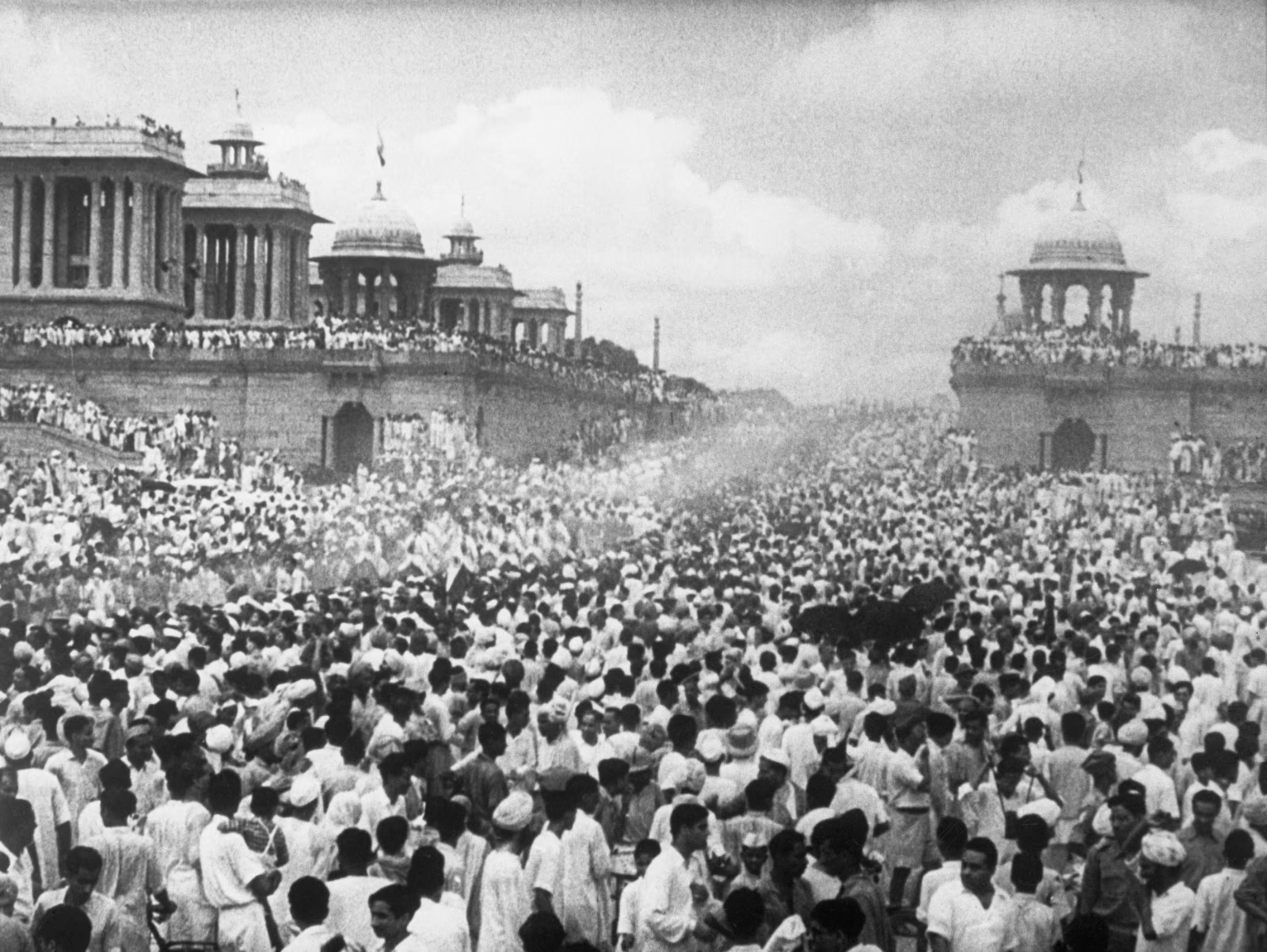
Source: aajtak
Pages of History Filled with Knots...
78 years ago, India endured the horror of Partition. The creation of India and Pakistan led to divided borders, but the sorrow remains unchanged. Both nations now celebrate their 79th independence anniversaries. As Pakistan celebrated yesterday, India's skies today are adorned with patriotic fervor. However, flipping through the history books, many unresolved knots persist from the two countries' shared narratives, shadowing them even now.
Back then, India was united and fighting against British rule. By the 1940s, the freedom struggle intensified. The British adopted the ‘divide and conquer’ approach, alluring leaders like Jinnah with visions of political glory in a separate nation. Initially reluctant, Gandhi and Nehru began conceding to the two-nation theory as reconciliation seemed elusive. However, the public remained skeptical that the nation would truly divide.
Also Read:
Never before had citizens witnessed their country being divided by their own people. They believed these were mere political maneuvers and that India would remain as is. It was unimaginable for them that the sacred Ganges-Jamuna culture could be utterly disrupted by the British into separate entities. Consequently, when the British Cabinet Mission visited India in early 1946 to blueprint the partition, cities like Delhi and Lahore were still in disbelief about an impending division. After all, who wishes to see their homes dismantled?
Yet, tensions simmered from Delhi to Lahore. Political gains fueled the fire of partition, manifesting palpable unease on the ground. The noted writer Acharya Chatursen, famous for his historical novels, recounted his March 1946 visit to Lahore, describing apprehensive atmospheres and advisories to evacuate Hindu families from Punjab and Sindh. As tensions brewed, Chatursen's accounts mirror a society on the brink of eruption, foreshadowing a painful transition.
'Maharaja Ranjitsinh's tomb lay in ruins, with debris and weeds gathered, but the domes of the Badshahi Mosque were being adorned with marble anew. It felt like a scene from a household preparing for a wedding while another readied for a funeral.
Two incidents unveiled reality to me. One morning, sitting in a nearby salon, I grew paranoid, fearing the barber might cut my throat. His relaxed demeanor with scissors, blades, and brushes invoked anger, which morphed into terror. Offering a rupee, I expected change, but he cheekily responded, “Lad, what you gave, you gave. Moving on.” I conceded silence was wiser. Elsewhere, a nut vendor refused even the courtesy of change for a modest purchase. Undoubtedly, this was daylight robbery amidst a chaotic and transforming marketplace.
'In the end, fate unfolded as it must. Dread, frustration, and fear overwhelmed me. On the Independence celebration day in Delhi, marked by grand illuminations at the Clock Tower and the national flag hoisted at Red Fort, I sat alone, veiled in sorrow, behind closed doors, as Lahore burned. My refuge remained unlit that night, while next day’s newspapers revealed the radiant evening was tainted by Lahore's violence.'
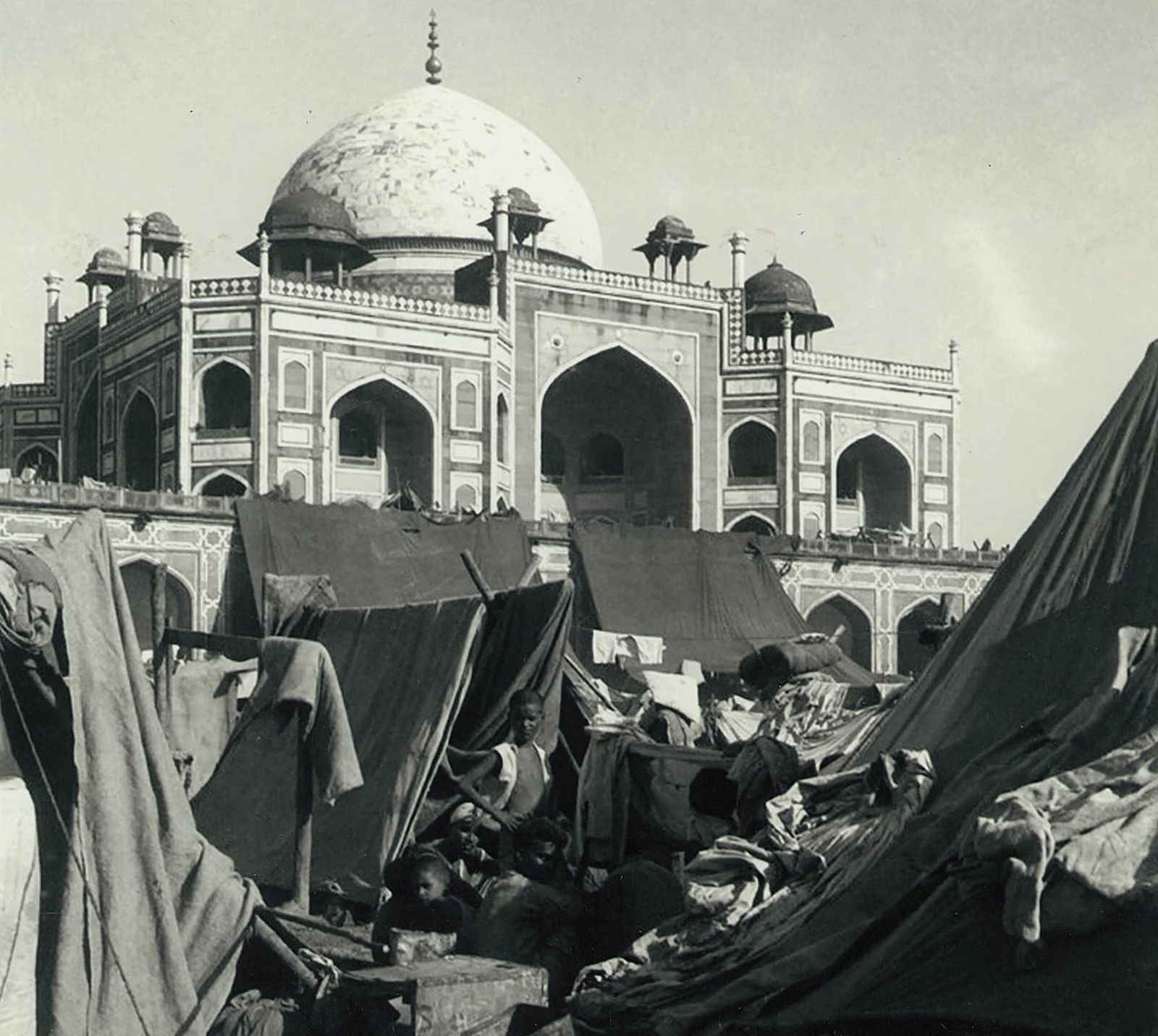
Source: aajtak
In Perpetual Dilemma Till the Very End
The 1947 partition was indeed a political decision, but it brought turmoil to millions. Common folk remained uncertain about their future abode till the very end. For instance, many believed Punjab’s Gurdaspur district would fall under Pakistan. Yet, on August 17, the Boundary Commission allocated Gurdaspur to India, unleashing a mass exodus.
Similarly, communities near Lahore's Kasur foresaw alignment with India, only for it to become a part of Pakistan. Redcliff once intended Lahore, home to a sizable Hindu-Sikh population, to align with India. However, Punjab's major city was destined for Pakistan, leaving families unprepared for relocation amidst violence. A similar disarray gripped Bengal, where celebrations turned somber as borders realigned overnight.
Also Read:

Source: aajtak
How Was the Night of Independence and the First Morning?
During the grand midnight of August 14-15, 1947, the newly formed India emerged, celebrated extravagantly in Delhi. Renowned authors Dominique Lapierre and Larry Collins note in 'Freedom at Midnight' how Union Jacks were lowered as India's tricolor ascended, epitomizing independence.
As the midnight hour approached, the Constituent Assembly readied itself, with India's viceroys replaced by fluttering tricolor flags. Nehru donned a cotton Jodhpuri suit, and Sardar Patel, in white dhoti, epitomized celebration.
From dawn on August 14, festivities erupted nationwide. Excited citizens flocked from all corners, from tons of varying transports to India Gate, singing, dancing, and congratulating each other amidst the harmonies of the national anthem.
The jubilation continued as people flooded Delhi, riding an array of vehicles, from chariots and buses to elephants and camels. Novelties were adorned by all, as villagers inquired about the occasion, to which townsfolk cheerfully explained that the British were departing, heralding Nehru’s flag-hoisting event as India declared itself free. Indeed, independence was celebrated with boundless enthusiasm as red-letter days unfolded.
The night carried over to the subsequent dawn when the first rays of freedom shone brightly upon a proud nation. Narratives by Rajendra Lal Handa capture stark scenes of crowd exuberance and legislative assembly cheer bonding.
At around 2 a.m., Prime Minister Nehru proceeded to invite the Governor-General to the Assembly, gathering a spirited crowd. The national anthem's hum moved the assemblage. Those witnessing remained deeply affected by the mentioning of Punjab and Sindh, recalling the sorrow imprinted by Pakistan's emergence amid boundary chaos.
By 3 a.m., oath ceremonies climaxed, with lawns, streets, and spaces densely populated, providing testament to a monumental gathering. That morning, on August 15, Nehru unfurled India's flag atop Red Fort, greeted by over a million spectators. Until an hour past midday, the streets remained crowded, epitomizing national pride and liberation.
Embracing a new dawn, most retreated home, though not all. Lahore's lanes echoed distress as homes were ravaged. Trains destined for India encountered loots. The cycle of violence reciprocated along both routes across the divided land. Months to quell the fire, yet for those left, many years to restore semblance. Even void of fault, they wore the refugee label, forever fragmentary with cherished memories across intersected borders.
